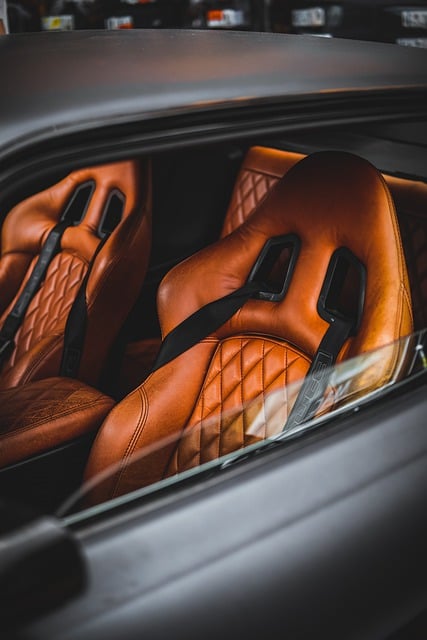
When considering cost-saving tips for car shipping, enclosed transport offers a secure and often slightly more expensive option compared to open-air transport. While it might seem counterintuitive, protecting your vehicle from direct exposure to elements can be beneficial in terms of maintaining its value. Enclosed carriers are designed with climate control in mind, shielding your car from harsh weather conditions, road debris, and potential vandalism. This level of protection can result in better preservation, especially for classic or high-end vehicles.
Opting for open transport, on the other hand, is a more budget-friendly choice. It provides minimal coverage, allowing your car to be exposed to natural elements during transit. However, this method may come with risks. Extreme weather conditions, such as heavy rain or intense sunlight, can cause significant damage to vehicles left vulnerable. Therefore, when considering cost-saving measures, it’s crucial to weigh the potential savings against the risk of environmental exposure, especially for cars that are not designed to withstand harsh weather conditions.
When choosing between enclosed and open car transport, consider your vehicle’s safety, weather conditions, and budget. Enclosed shipping offers better protection from the elements and potential damage, making it a cost-saving tip for valuable or classic cars. However, open transport is more affordable and suitable for ordinary vehicles facing less risk. By understanding these options, you can make an informed decision that aligns with your specific needs and pocket.
